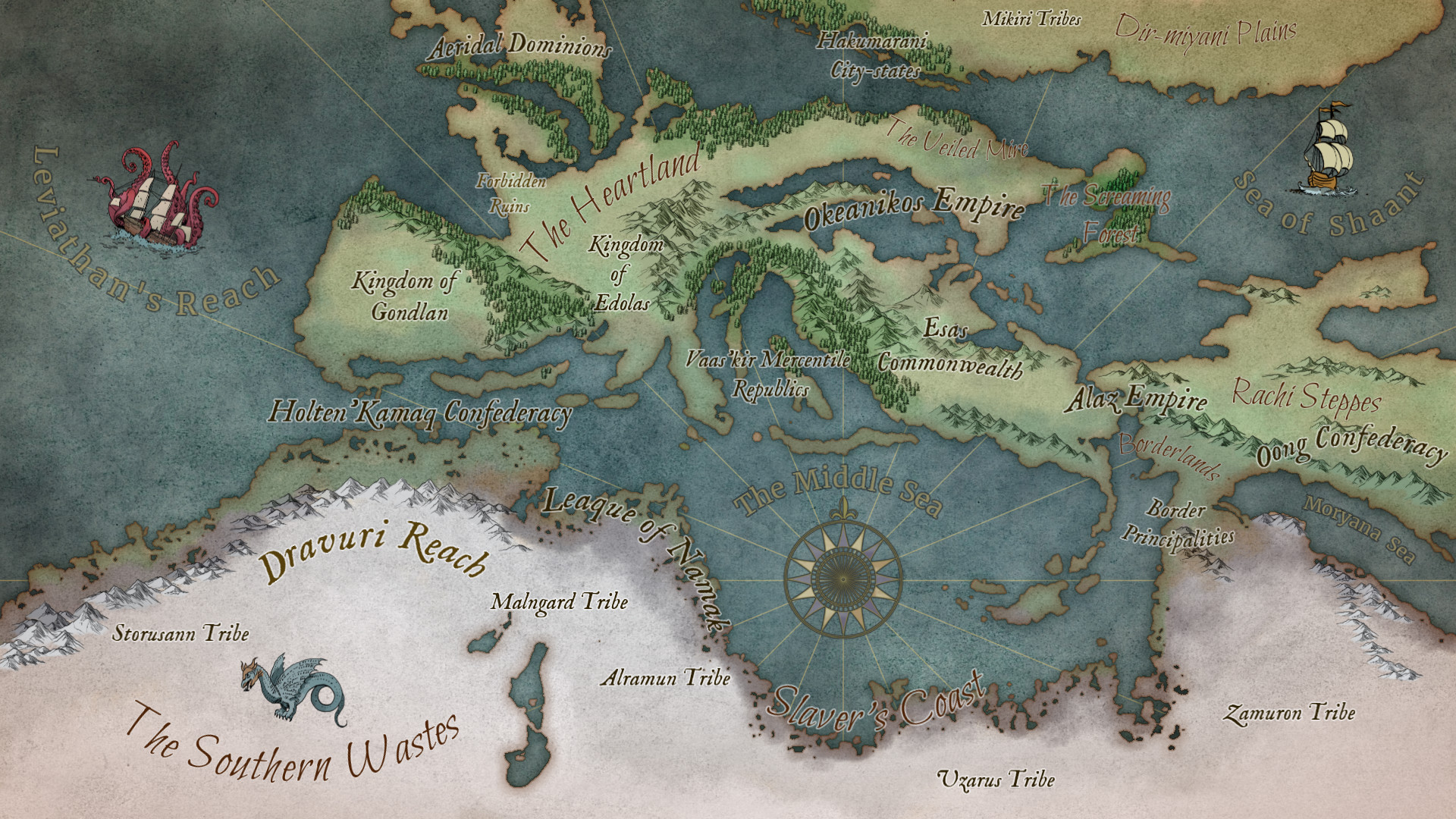
The Known World, at least referred to as such by those that live here, is a region within Infinity Horizon. It is notable for having the highest concentration of human inhabitants within the ark, though various other races also make their homes here. To its north lies the uncharted Wild Lands, and to the East, a vast ocean known as Leviathans’ Reach. It is connected with the continent of Wah through the Rachi Steppes in the west. The near-in-hospital Southern Wastes mark its southmost boundary, though legends tell of great kingdoms of immense riches further beyond the ice wall.
i) Nations
Kingdom of Edolas
by Artnoob100
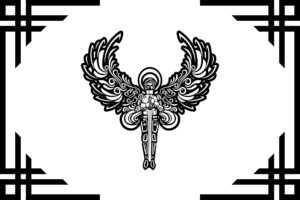
Race: Humans
Government Type: Constitutional Monarchy
Economy: Farming, Trade, Mining, Small Industry
Religion: Paganism
In the Kingdom of Edolas, the residents possess an intriguing duality—an inherent proficiency in what is known as “magic” despite their lack of understanding of its true nature. While the people of Edolas remain illiterate regarding the underlying mechanics of magic, they have mastered its practical applications through generations of knowledge and practice.
Within the Kingdom of Edolas, a revered Order of Mage-Priests plays a crucial role in the realm’s forces. Blending arcane prowess with divine devotion, these mage-priests are an esteemed group of individuals who have been trained to wield magic in service of both their faith and the protection of the kingdom. Through intricate rituals, prayers, and devoted study, they channel their faith into tangible magical abilities.
The mage-priests also fulfill important roles outside of warfare. They perform sacred ceremonies, bless crops, offer spiritual guidance, and provide solace to the people during times of hardship. Their presence brings a sense of divine protection and ensures that the people of Edolas remain steadfast in their beliefs.
At the heart of Edolas lies the bustling capital metropolis of Aetheria. Towering crystal spires and gleaming clockwork structures intertwine throughout the cityscape, casting an otherworldly glow upon the streets below. The Grand Academy of Arcanomechanics is also located here. This prestigious institution serves as a hub for the study and advancement of magical machinery. Here, talented individuals known as Arcanomechanists combine their understanding of arcane forces with engineering prowess to create awe-inspiring inventions, from enchanted clockwork automatons to ethereal energy cannons.
The Okeanikos Empire
by Romanpolic
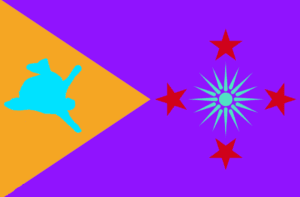
Race: Nokk
Government Type: Tribal Democracy
Economy: Trade, Fishing, Small Industry
Religion: Paganism
In the northeastern fringes of the Known World lies the most otherworldly of civilizations. The Okeanios Empire comprises three distinct ‘tribes’ of the Nokk, or “merfolk” in the common tongue. The abundance of seals for the leather trade attracted these various tribes from the seas to the shores of Ubala peninsula, where they set up terrestrial outposts to further explore the lands.
Today, the descendants of these leather hunters have created a vast ‘empire’, though their effective control only extends to the coastal areas; much of their society still dwells below the sea. Every year, heads of various households gather at an underwater canyon, located at a convenient swimming distance from the furthest corners of their realm. Here, they settle disputes, decide new laws, and elect the Huvdingee – their High Chief.
Their language comprises a mix of clicks and an advanced form of echolocation – a product of their underwater society’s evolution, suited for communication above and below the land.
Holten’Kamaq
by Dupers, the Chronicler
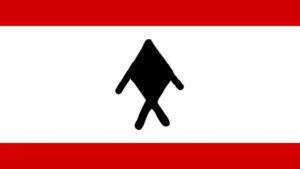
Race: Uragas
Government Type: Confederation
Economy: Trade, Crafts, Mining
Religion: Monolatry
Centuries ago, a remarkable race known as the Uragas set sail eastwards in search of new lands, reaching the Known World and bringing with them the tales of their mystical homeland. Revered for their seafaring prowess, the Uragas forged various kingdoms based on trade, exploring distant lands and establishing prosperous colonies. Their affinity for the sea was believed to be an inherent connection to their semi-aquatic heritage, enabling them to navigate treacherous waters with unmatched skill.
Over time, their individual kingdoms gave way to a confederacy, where states joined forces to safeguard their sovereignty and control the bustling trade routes. Their realm is among the richest in the continent yet it is exactly this wealth that has made them the target of many foreign invaders. Nevertheless, through tenacity and determination, Holten’Kamaq continues standing tall, solidifying its place as a resilient and prosperous nation.
The Oong Confederacy
by Tid Fricker

Race: Oong
Government Type: Tribal Confederacy
Economy: Seasonal farming, foraging
Religion: Ancestor Worship
Eastwards, in the Rachi Steppes, lies the vast domain of a race of giants known simply as the Oong. Their society, shaped by the unforgiving environment they call home, thrives on unity and strength in numbers. The clan, led by the eldest married pair, forms the foundation of their societal structure. They are also highly distrusting of other races, which is understandable given their past interactions with the non-Oong kind.
Their flags and banners mostly serve as a kind of family portrait, with a new flag being made after marriage, and more handprints will be added after a birth or adoption of a member to the clan. Though they are rarely flown as Oong travel frequently and prefer to use stacked stones to mark their presence. A traveler, thus, would easily know when they’re in Oong territory because of the hundreds of stacked rock piles that commonly reach up to 15 feet in height.
Unlike other nations, the Oong do not boast permanent settlements. Instead, they roam freely, following the rhythms of nature and the availability of resources. With a slow metabolism and a low birth rate, their population remains modest, ensuring their sustainable coexistence with the land they traverse.
The Alaz Empire has long clashed with the Oong but has never been able to subdue the region. The harsh and rugged terrain coupled with the Oong’s overall ferocity in defense of their homeland has prevented Alaz forces from gaining a permanent hold over the region. It doesn’t help either that a lack of any permanent settlement here creates significant logistical difficulties in maintaining a sustained military presence and keeping troops supplied.
Alaz Empire
by Lord Grunwalder
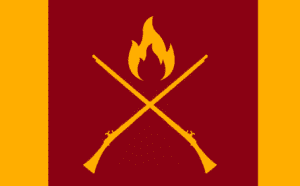
Race: Humans
Government Type: Bureaucratic Empire
Economy: Trade, war, farming
Religion: Imperial Cult
Centuries ago, the Alaz Empire emerged as a dominant force in the Known World, fueled by their [re]discovery of gunpowder and an unyielding desire for supremacy. With their advanced weaponry, they have embarked on an unrelenting campaign of conquest, swiftly subjugating neighboring realms.
The empire’s ultimate ambition is clear: to establish a singular and unified rule over the vast continent. They firmly believe that a centralized government, led by a supreme monarch, would ensure stability, order, and progress. For the Alaz, homogeneity is paramount, leaving no room for compromise or diversity.
Their strategy encompasses two approaches. Resistance is to be met with uncompromising force, as the empire deploys its superior military might to weaken and subdue opposing forces until surrender was inevitable. Conversely, those who choose to cooperate are assimilated, their resources and talents harnessed to bolster its strength.
While the Alaz empire aims for uniformity, their expansion has often been with resistance from other realms. Many have fought fiercely to protect their traditions, cultures, and autonomy, perceiving the Alaz as invaders encroaching upon their freedom.
The continuous wars of the empire continue to shape the land, leaving behind a tapestry of conquest, resistance, and the eternal struggle between the quest for power and the yearning for freedom.
The Border Principalities
by Lord Grunwalder

Race: Humans
Government Type: Feudalism
Economy: Trade, farming, hunting
Religion: Various
In the vast and rugged borderlands, where the clash of cultures and the echoes of ancient blood feuds resonated, lay the Border Principalities. Once a fractured land, torn apart by the strife of warring nomadic tribes, it was forever changed with the arrival of the Alaz Empire.
As the Alaz forces surged into the region and brought about utter devastation, a few cunning families saw an opportunity amidst the chaos. Driven by self-interest, they swiftly pledged allegiance to the Alazi emperor, recognizing the potential advantages of aligning with the gunpowder empire. In exchange for their loyalty, these families received the empire’s coveted firearms, turning them into tools of destruction against their ancestral enemies.
The Border Principalities, once torn apart by age-old vendettas, erupted into a final, devastating war orchestrated by a powerful family now under the empire’s control. The conflict served the Alaz Empire’s insidious agenda, quelling resistance and solidifying their dominance over the fractured region.
Today, the Border Principalities bear the burdens of their Faustian bargain. They are forced to serve as pawns in the Alaz Empire’s machinations, sending their sons and daughters to bolster the empire’s armies in times of war. The region’s people, shackled by oppressive taxes, sustain the empire’s wealth at their own expense.
League of Namek
by Lore Master
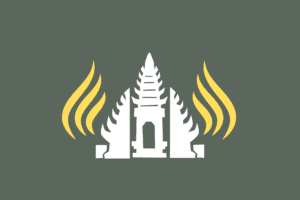
Race: Dvergr
Government Type: Oligarchy
Economy: Trade, manufacturing, slavery
Religion: Paganism
Deep within the labyrinthine depths, shielded from icy winds, lies a joint alliance of Dvergr city-states collectively known as the League of Namek. Geothermals are the lifeblood of the League’s industrial might and formidable war machine. Enormous magma chambers deep beneath their cities are tapped into, channeling the earth’s heat to power their forges, workshops, and complex machinery. Enormous turbines driven by steam harness this energy, producing a soft, steady hum that echoes through the stone corridors.
With this, it has been made possible to carve gigantic caverns into sprawling cities, complete with towering stone spires, glowing crystal gardens, and intricate labyrinths of tunnels. Each city is a self-contained ecosystem, featuring residential districts, mushroom farms, towering forges, and sprawling geothermal power plants.
Yet, despite their advancements, League’s society is not without its moral complexities. The League is known to make extensive use of Dravuri slaves to perform grueling labor within their great forges and mines. This has earned them the ire of the powerful Zai’Tark but for now, it remains business as usual.
ii) Regions
The Screaming Forest
by J. Layman
No one save the most foolish dare venture into the region known by such names as “The Screaming Forest”, “No-mans-land”, “The Poison Garden”. Many call the place haunted. The reality, however, is much worse. The ‘forest’ is actually a massive fungal colony consisting of many species of mold that evolved to live in symbiosis with each other. The resulting colony’s mycelium began to resemble a nervous system of sorts over time as a way to spread further and communicate faster and more efficiently.
As it grew, it soon began to adapt towards ‘harvesting’ the surrounding biomass. Once its spores would be breathed in by an unfortunate creature, it would eventually end up paralyzing it, allowing it to be, in theory, consumed. Eventually, the mycelium would advance further and end up “connecting” with the nervous system of the animal it infected, gaining access to its mind and feelings, treating it as a part of itself.
Over time more and more critters and travelers would breathe in the spores and eventually fall to the forest floor to be consumed. The memories and feelings, beliefs and thoughts would entangle, mix and match: the pain of having your flesh eaten away, the despair, knowing this forest floor will be your doom, your home, knowing what it feels like to be a deer, knowing what it “feels” like to be a tree. The ones with vocal cords and enough mass to put up a fight against the spores could sometimes be heard screaming, seemingly in a thousand different voices, sometimes the same things from different mouths.
Though the Mycellia is aware, it doesn’t have any idea of what to call itself, it just knows what it has become and it cannot stop itself from growing, forever increasing its pain.
Dravuri Reach
By Sir Hanroq
To most, the Southern Wastes represents an almost inhabitable stretch of land extending southwards into the unknown. Though there exists one exception – the aggressive and hardy Dravuri, or as they are known in the common tongue, Darkbloods. The land they dwell in is collectively referred to as the Dravuri Reach. They are a race of beast-men considered profane in their practices and outcasts in many ways, with the other races viewing them as uncivilized and brutish. However, this means nothing to the Dravuri, who are loyal to their frigid homeland and guard it with their lives
The Darkbloods’ bodies are the only ones capable of living in the Southern Wastes for extended periods of time. The Wastes extend very far in most directions, and the Dravuri were the major reason why a map for this region was even created. The Dravuri are divided into numerous tribes, each with its own culture, religion, heritage, and dialect in the Dravurian language. The major tribes of the Dravuri are the Storusann, Malngard, Uzarus, Alramun, and Zamuron Tribes.
Over the centuries, a Dravuri ‘empire’ has emerged within the Wastes, led by the Zamuron Tribe, which selects the Zai’Tark [Lord General] to lead the Dravuri war host against their many foes. However, these wars largely tend to be defensive in nature as the race seems to be not interested in expanding their territory beyond their icy domain.
This page is in the process of being expanded.